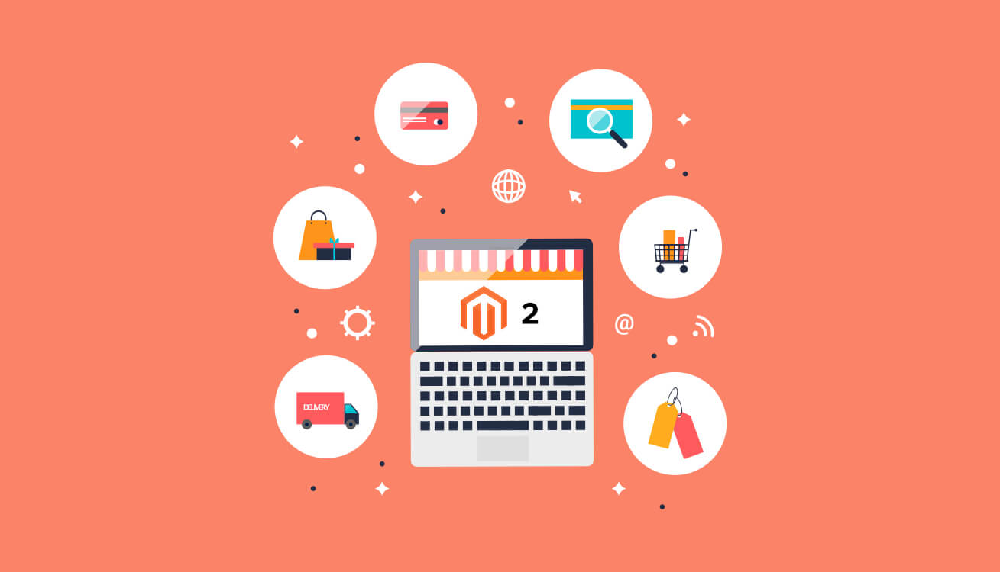
62% of companies reported phishing and social engineering attacks in 2018. There were 4000 ransomware assaults per day on average in 2019. Because of the large number of daily financial transactions, e-commerce websites are beautiful to hackers.
Consequently, many online organizations are apprehensive about security, including Magento users. Therefore, we’ve put together this guide to provide you with a complete list of Magento 2 security best practices that you should follow.
1. Make sure the Magento Admin is secure
The Magento 2 upgrade service helps website owners rapidly manage their sites. A hacker’s open invitation is an unprotected Magento admin panel. Hackers who acquire access to your admin panel may be able to impact the general functionality of your website. They could, among other things, deface your website, steal/modify data, introduce malware, redirect your store, and host harmful and inappropriate content.
To boost security, here’s how to protect Magento’s admin panel:
By default, the Admin URL has been updated.
Each Magento 2 upgrade service’s default URL is http://example.com/magento/admin. This admin route should be improved to prevent hacking as it is available to the public. Here’s how to alter the Admin panel URL for greater Magento security.
- In the Admin Panel, go to Stores > Configuration.
- Then, from the Advanced menu, pick Admin.
- As indicated, the Admin Base URL field should be increased.
- Set the option “Use Custom Admin URL” to “Yes.”
- This is where you’ll set your customized admin URL.
- After logging out, you’ll be taken to the new Admin URL.
2. Ensure that your software is updated
Extensions should be updated if they haven’t already been.
Select third-party addons with care. See to verify whether the extensions have been updated as well. Older Magento versions that have been reported to contain security flaws may present a security risk. Follow these strategies to maintain your Magento extensions up to date:
- Before making any modifications, construct a fresh branch on your local workstation.
- Deactivate your extensions as necessary.
- As soon as updated versions of the extension become available, download them.
- Follow the guidelines in the third-party documentation to install the update.
- Give the extension time to run and be tested.
- Make an update to the code, commit it, and push it to the remote.
- To test it, submit it to your Integration environment.
- Push to the Staging environment to test in a pre-production environment.
3. Strict Permissions for Files
Take advantage of the severely limited file permissions. Unauthorized users and hackers may be stopped from messing with sensitive data. All core and directory files in Magento 2, including app/etc/env.php, the Magento 1.9 equivalent of app/etc/local.xml, should be read-only.
On your server, seek “development leftovers.” See to verify whether any log files are accessible to the broader public. Avoid utilizing git folders, SQL tunnels, database dumps, phpinfo files, and any other vulnerable files that may be used in a hacking endeavour. Click here to know more
4. Conduct a risk assessment
A security audit evaluates the security architecture of your Magento 2 upgrade service. The found vulnerabilities are submitted to penetration testing. Pen testing comprises detecting weaknesses (with the owner’s consent, of course!) and exploiting them.
Conclusion
If your firm is still using Magento 1 and you’re scared about security problems like the one in September 2020, you should take action as soon as practicable.
If you have a Magento 2 upgrade service store, we hope you learned more about the vulnerabilities to be wary of and how to secure them using best practices.
Finally, the most apparent method to prevent Magento’s security flaws is to discard them. If you want a solution that will leave you with fewer security problems to keep you up at night so you can focus on expanding your company, don’t delay.
